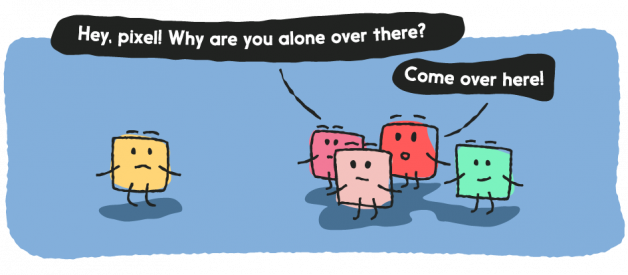Understanding about DPI, PPI, resolution and image size is key to your design success. This tips will allow you to print in the right quality, optimize images for the web, save a lot of time and have the best results.
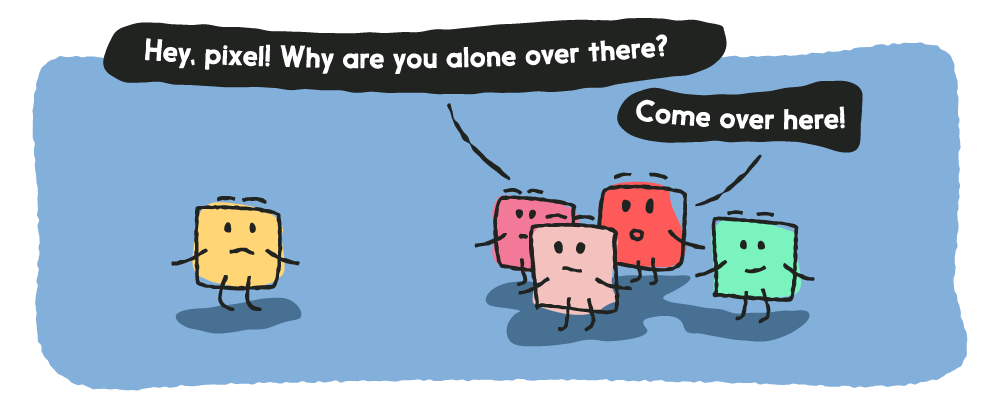
Pixel is the unit of measurement for digital images. We can compare them to our body cells, which together build a kind of map to be interpreted by the computer or screen.
Pixels define the resolution?A high resolution image is an image with high density of pixels, that is, with several families of pixels in its composition. The greater the number of pixels, the higher the resolution, providing more details and better definition to the image. Logically, an image with low resolution will have less pixels, less details and definition.

The image resolution is determined by the calculations below:
PPI: Pixels per inch. It is associated with screens of digital devices. Each pixel is equivalent to a point of light coming from any monitor, then the utility of PPI is to report the quantity of pixels on a screen inch, with exact 2.54cm.
DPI: Dots per inch. It is similar to PPI, but the pixels (virtual drive) are replaced by the number of points (physical drive) in a printed inch. The more dots the image has the higher the quality of the print (more sharpness and detail). Because it is a reproduction in real size of the images, it requires more DPI than require PPI for the same file. 300DPI for example, equals 118.11 PPI. For a good printing 300 DPI is standard, sometimes 150 is acceptable but never lower, you may go higher for some situations.
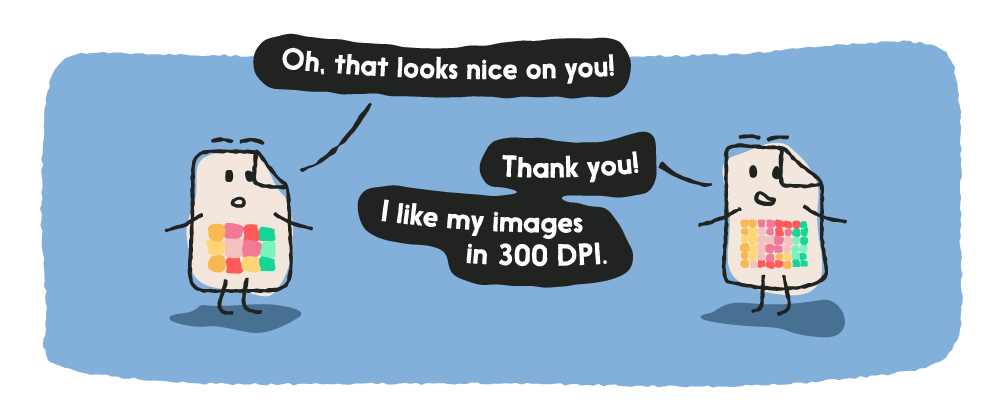
Resolution defines image size?
Yes and no! It is possible to determine the dimensions of an image through resolution, because the higher the resolution the bigger can be its dimensions. However, the opposite is much more common. You can do a file in a page size A4 with 100 or 300 DPI without changing the dimensions of the image, just adding more dots of color and making it sharper.
Image size is quality?
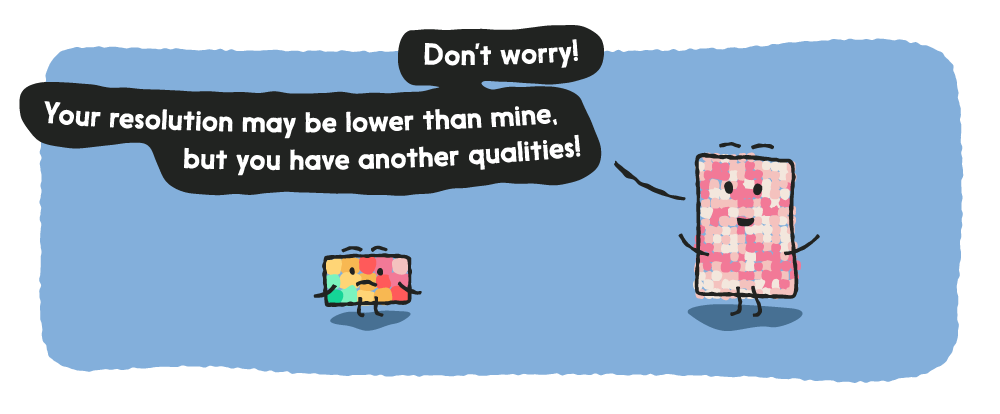
Not always. The quality of an image, when it comes to resolution, yes, can be associated to its size. But, we could also analyze the quality of production in colors, angles, lightening and format.
Image size is file size?
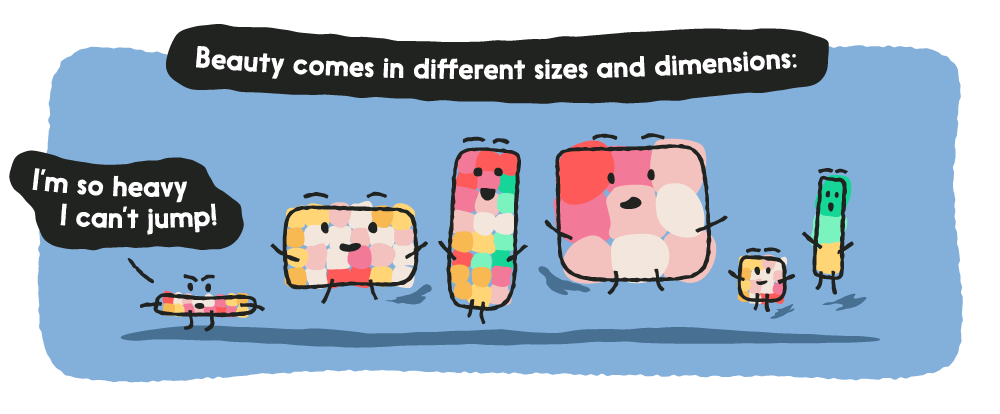
NO! Please, don?t confuse ?image size? with ?file size?. Image size refers to the dimensions of the image (height x length) while file size is about how much space the image takes up on a hard drive (kilobytes or megabytes).
Did this article help you? Tell us your doubts!
